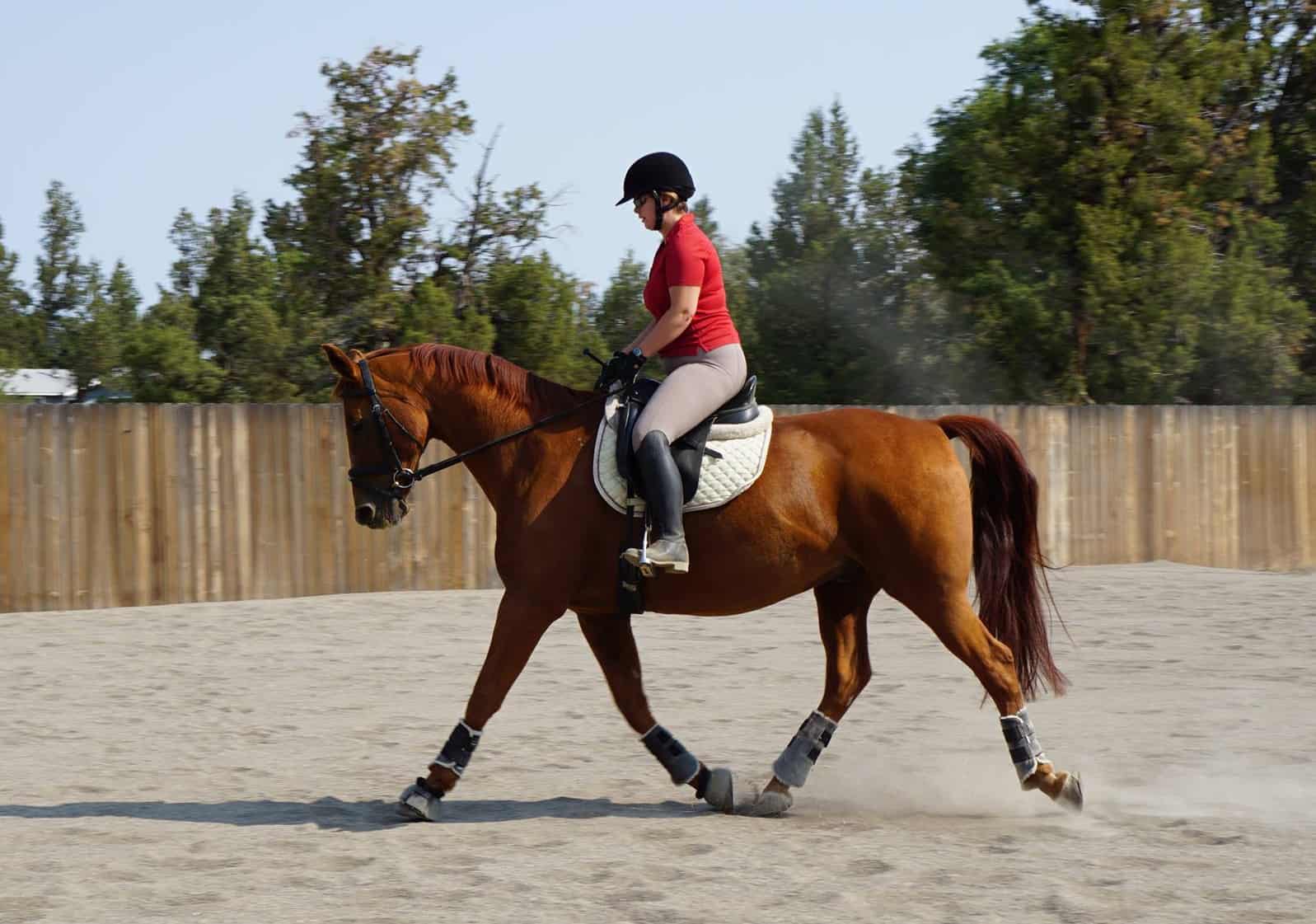At a Glance: MRI to Diagnose Equine Lameness
- Posted by Michelle Anderson
Share:

Imagine a time in a not-too-distant past when veterinarians couldn’t get a clear picture of the equine navicular bone and its associated structures to diagnose podotrochlosis (navicular syndrome, or caudal heel pain). Then came MRI, and the game changed. Since Washington State University pioneered MRI use in horses in 1996, the technology has become easier to use and more accessible, improving lameness diagnosis and improving veterinarians’ treatment plans for lame horses.
Download a copy of this free guide to learn more.
Share

Written by:
Michelle Anderson
Michelle Anderson is the former digital managing editor at The Horse. A lifelong horse owner, Anderson competes in dressage and enjoys trail riding. She’s a Washington State University graduate and holds a bachelor’s degree in communications with a minor in business administration and extensive coursework in animal sciences. She has worked in equine publishing since 1998. She currently lives with her husband on a small horse property in Central Oregon.
Related Articles
Stay on top of the most recent Horse Health news with











